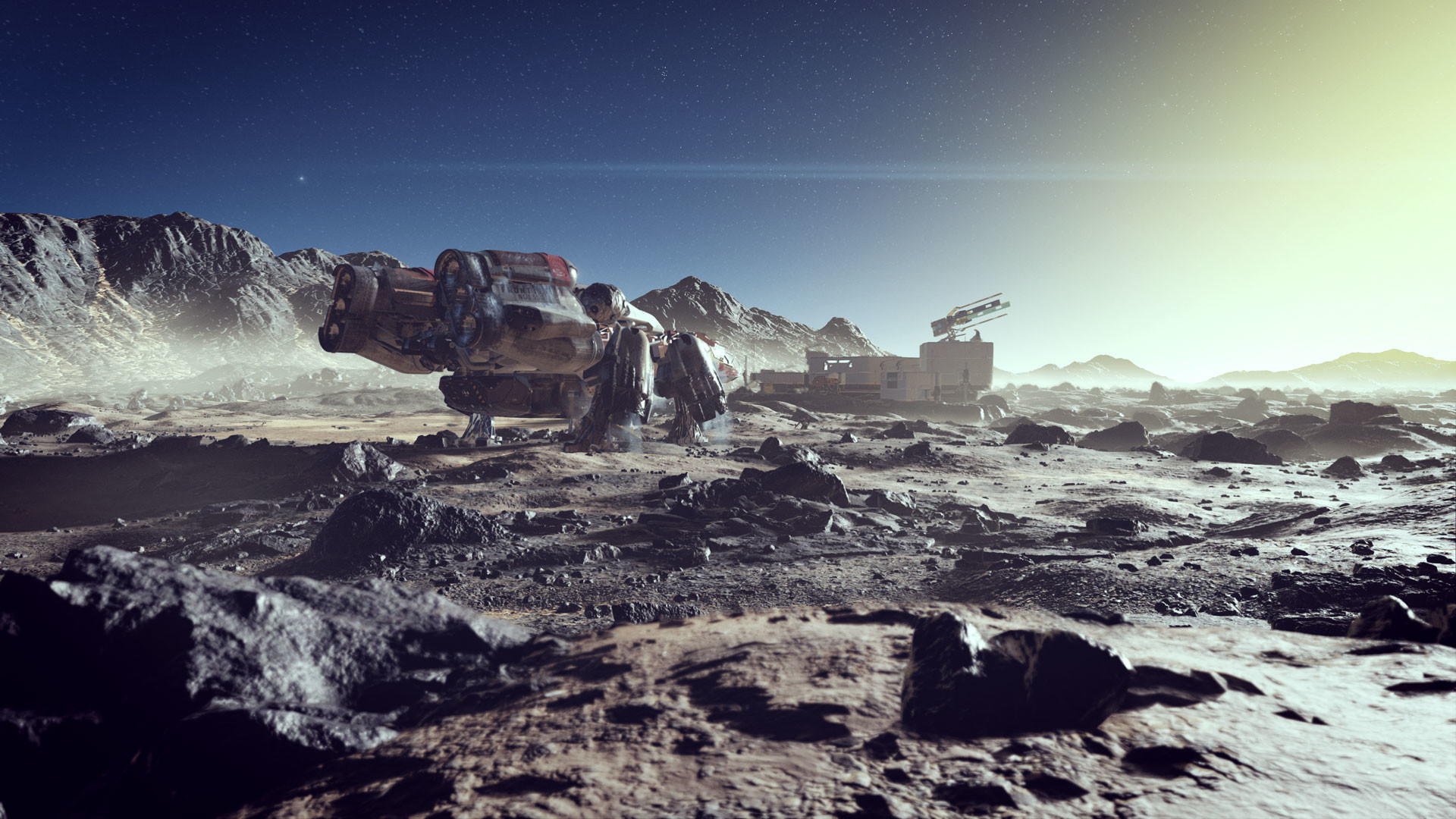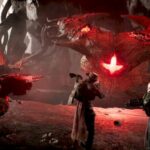
I fell for this pitch as soon as. It was 2005, and the game was Spore—SimCity creator Will Wright’s formidable recreation of life from microscopic organism as much as the extent of galactic traveler. I watched this complete 35-minute presentation enraptured, fully greatly surprised and satisfied that Spore was the way forward for videogames. And I assume in a way it was: 17 years later, Bethesda’s subsequent massive RPG is making the identical mistake Spore did, hyping up mind-blowing scale as an superior characteristic. All I see is a purple flag. Bethesda says Starfield could have 1,000 planets? I’d be shocked if 990 of them aren’t boring as hell.
“Spore promised us the Moon, and several years later, returned with some big boring rock,” Rick Lane wrote in a retrospective a number of years in the past. It’s an ideal summation of what I count on from Starfield after at present’s presentation: a very huge galaxy, greater than any RPG Bethesda’s ever made—so long as you are cool with it largely being filled with a bunch of massive boring rocks.
I considered that Spore presentation once I first performed Mass Effect, driving the Mako over ugly, bland procedurally generated planets. I considered Spore when No Man’s Sky promised an infinite galaxy, although at the very least these planets might be fairly placing. I considered Spore when Mass Effect Andromeda promised this time it’d have extra fascinating planets to discover (it did not).
And once more, at present. Who’s falling for it this time? In Starfield’s grand gameplay debut, Bethesda selected to spotlight a bland grey-and-brown moon, a prefab analysis lab, and enemies merely labeled “Pirate” within the stark UI. Starfield has no real interest in who these pirates are, aside from dudes to shoot. I get unhappy imagining that if this game had been made 20 years in the past, there’d be piles of taste textual content to drag me into this world. But as a substitute: “Pirate.”
Bethesda did show a glimpse of 1 hand-crafted metropolis, and it does seem like a correct sci-fi utopia, the sort of hub it will be a pleasure to discover. Maybe Starfield is stuffed with these cities, and added collectively they make for a grand RPG’s value of journey. Even if that is the case, the 1,000 procedurally generated, largely empty planets will stay a detriment to Starfield as a complete.
Just by being visitable, the surplus planets will make the variety of totally designed worlds appear meager. Say Bethesda has made 10 hand-craft places; which means 1% of the overall game will probably be substantial, whereas the remainder are doubtless relegated to locations you putter round to mine for area rocks or struggle area pirates. “Well the game won’t force you to visit all those planets,” somebody will argue. But the scope completely will issue into how Bethesda designs Starfield’s programs, like useful resource gathering. And they’re going to take substantial improvement time away from making a smaller, denser set of explorable areas.

Without an extra 990 planets or so, Starfield might shroud what it has in thriller. Let me spend hours poring over each tiny element on a number of extremely detailed planets; let me think about and speculate about what else is on the market. Wondering what’s out there’s the one biggest factor about area journey and science fiction. The worst is discovering that the reply, 99% of the time, is “another boring rock.”
Maybe I’d be much less pessimistic if Starfield’s aesthetic did not appear to be a extra grounded, far much less colourful tackle what No Man’s Sky has already been doing for years. The montage of planets on the finish of Bethesda’s footage made me retroactively respect No Man’s Sky’s pulp sci-fi cowl artwork fashion much more.

Bethesda’s most celebrated RPG, Morrowind, is roughly 24 sq. kilometers—you may jog throughout it in an hour, however each location feels alien and distinctive and memorable in a means Bethesda hasn’t replicated since. With Oblivion, Bethesda greater than doubled the scale of the map to 57 sq. kilometers, nevertheless it felt like a generic fantasy world by comparability. The elven ruins have been particularly uninteresting, filled with procedurally generated corridors.
For a game concerning the breathtaking majesty of area exploration, Starfield has up to now proven little that really stirs the creativeness. Procedurally generated planets I’ve seen earlier than; assault rifles and shotguns firing off in a gussied-up model of a base I shot my means by way of in Mass Effect 15 years in the past; a UI largely allergic to paint or aptitude. Maybe Bethesda’s simply saving the actually great things for subsequent yr, or possibly the bits of story and dialogue it teases will probably be sufficient to hold the entire game on its shoulders. Great sci-fi has one thing new to say, however up to now Starfield’s major concept appears to be go greater, and I’ve been burned by that one too many instances.









